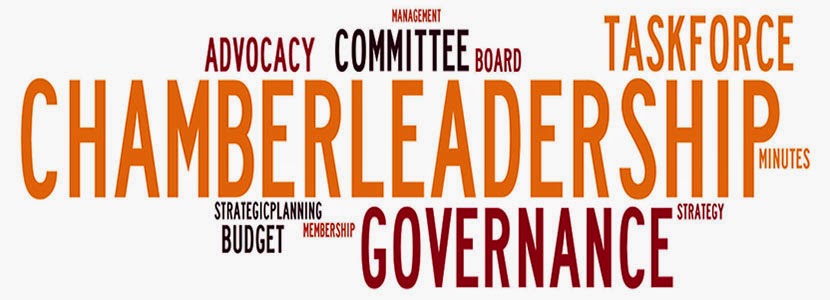This blog post is based on the title of Chapter 14, of Dave Adkisson’s book, Horseshoes vs Chess.
He starts out by discussing the difference between an internal plan vs an external plan.
Internal – is about getting the chamber back in shape and build the capacity to do more.
External – is about taking it to the next level. Once your internal mechanisms are in good shape, now it’s time to focus on what you can do for the community (think long-term).
He goes on to talk about how your strategic plan needs to also have a yearly business plan.
For a resource on creating a strategic plan go HERE.
He then went on to discuss reporting on the progress of your strategic plan.
It’s important that these updates be informative and accurate. It’s about accountability. The consent calendar is a great place to put the strategic plan update. Should a specific topic need to be addressed, feel free to make it a topic for discussion as a formal agenda item.
At the end of the day, the strategic plan (3-5 years) and your business plan (every year) progress reports need to be shared, internally and externally.
Remember, your program of work should always be tied to your strategic plan. Stay focused, your members will appreciate it and support you!


